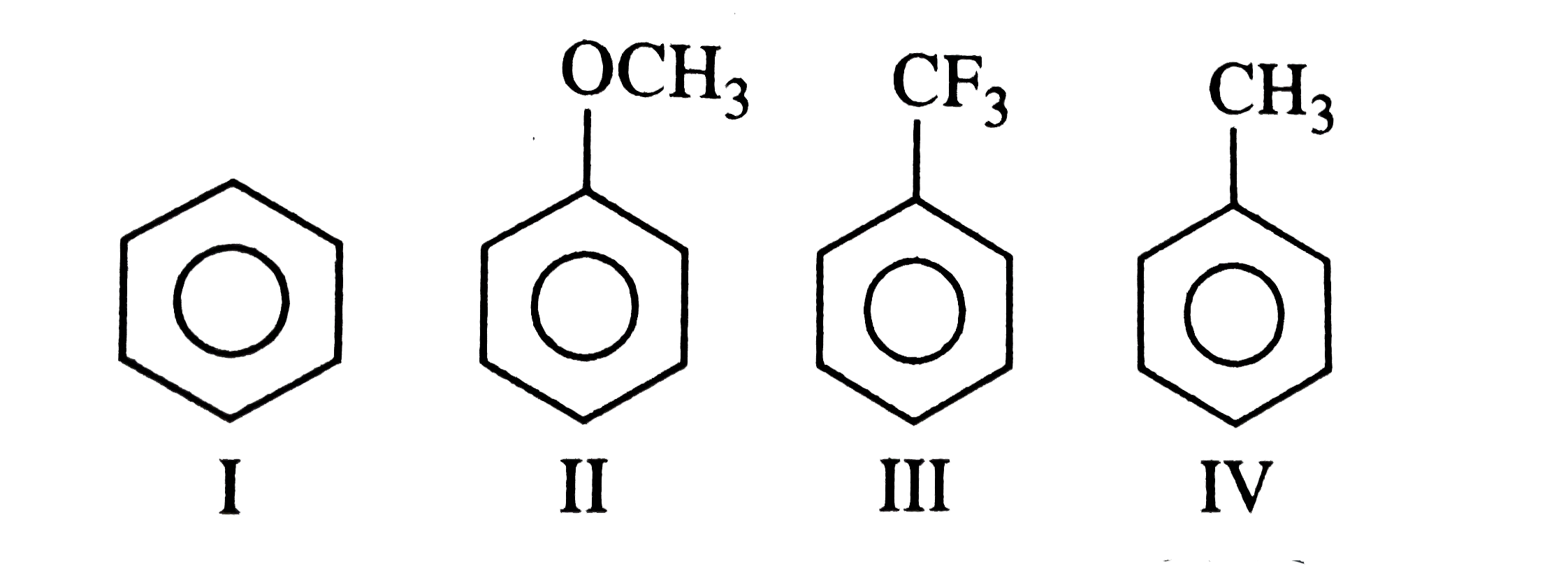Most reactive towards electrophillic substitution is Solution in Telugu
aniline
aniline hydrochloride
nitrobenzene
N-acetyl aniline
The correct Answer is:A
Step by step video, text & image solution for Most reactive towards electrophillic substitution is by Chemistry experts to help you in doubts & scoring excellent marks in Class 12 exams.
Updated on:21/07/2023Topper's Solved these Questions
- AMINES AND DIAZONIUM SLATSBOOK - AAKASH SERIESCHAPTER - AMINES AND DIAZONIUM SLATSEXERCISE - OBJECTIVE EXERCISE - 2 (CYANIDES AND ISOCYANIDES)
2 Videos
- AMINES AND AZO COMPOUNDS BOOK - AAKASH SERIESCHAPTER - AMINES AND AZO COMPOUNDS EXERCISE - PRACTICE SHEET - 6 (Integer answer type Questions)
9 Videos
- APPENDICES -REVISION EXERCISE BOOK - AAKASH SERIESCHAPTER - APPENDICES -REVISION EXERCISE EXERCISE - POLYMERS
44 Videos
Similar Questions
Alkylcyanides and alkylisocyanides are together called a pair of
View SolutionHow many aromatic (six membered carbocyclic) isomers possible for MFC7H9N.
View SolutionWhich of the following is an example of co-polymer ?
View SolutionTowards electrophilic substitution, the most reactive species will be
View SolutionTowards electrophilic substitution, the most reactive is
View SolutionThe most reactive of the following towards electrophilic substitution reaction is

View SolutionTowards electrophilic substitution, the most reactive will be
View SolutionThe most reactive compound towards electrophilic substitution reaction is :-
View SolutionWhich of the following is the most reactive towards electrophilic substitution reaction ?
View SolutionThe most reactive compound towards electrophilic substitution reaction is
View SolutionWhich of the following is the most reactive towards electrophilic substitution?
View SolutionWhich of the following is most reactive towards electrophillic aromatic substitution for halogen ?
View SolutionTowards electrophilic substitution the most reactive species will be :
View SolutionTowards electrophilic substitution, the most reactive will be
View SolutionMost reactive towards electrophillic substitution is
View Solution

